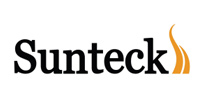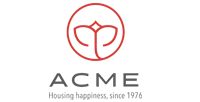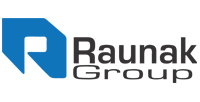In 11 years, the share of home loans in total advances has risen to 14.2%, according to an RBI data.
MUMBAI: According to the Reserve Bank’s most recent Financial Stability Report (FSR), the share of residential home loans in total advances has risen from 8.6% in March 2012 to 14.2% in March 2023.
It also said that the housing sector is prospering, with sales growing by 21.6% in the fourth quarter of 2022-23 (January-March). In addition to increased sales, new product introductions maintained healthy growth, indicating that end-user demand is strong.
According to the study, the share of residential housing loans in total loans has risen over the last eleven years to 14.2% in March 2023, up from 8.6% in March 2012.
During this time, the proportion of commercial real estate (CRE) loans in total loans has been between 2.0 and 2.9%.
“In March 2023, the banking system’s total exposure to real estate stood at 16.5% of total loans.” Loan defaults remain less than 2% due to the secured nature of these loans and loan to value (LTV) ratio rules,” it stated.
As stated by Pradeep Aggarwal, Founder and Chairman of Signature Global (India), traditionally, Indians have a predilection for avoiding loans, and if they do take one, they desire to repay it as soon as feasible.
“This strategy is especially obvious when it comes to home loans, where buyers strive to pay off their debts as soon as possible.” Individuals are encouraged to prevent loan defaults and the potential loss of their homes because home ownership is seen as a source of pride and accomplishment. As a result, the house loan market’s non-performing asset (NPA) rate stays low,” he explained.
Furthermore, the Reserve Bank of India’s (RBI) home loan laws and standards play a critical part in sustaining this low NPA rate,” Aggarwal noted.
V Swaminathan, executive chairman of Andromeda Sales, stated that the residential housing category has seen a significant surge in demand as a result of reasons such as the introduction of RERA (Real Estate Regulation and Development Act) and the impact of the pandemic. As a result, the proportion of home loans in the entire retail loan portfolio has increased.
“Home loans are secured loans that frequently require the borrower’s equity as a down payment.” Borrowers often prioritize early repayment of their house loans due to the potential loss of equity in the event of failure. As a result, the house loan segment’s non-performing asset (NPA) rate remains low,” he noted.
Based on RBI data, the outstanding housing (including priority sector housing) loan in March 2023 was Rs 19, 36, 428 crore, up 15% year on year. According to the FSR, the all-India home price index (HPI) increased by the most in the last seventeen quarters (4.6% year on year) in the fourth quarter of 2022-23.
It also stated that during the fourth quarter of 2022-23, house sales increased by 21.6%, while new launches increased by a similar amount, suggesting strong demand from both end-users and investors.
Based on the research, the rise in unsold inventory caused an increase in inventory overhang from January to March 2022-23.
It was stated that, due to strong demand for housing in the post-pandemic period, the home price gap (really less trend) is shrinking after a three-year period. A positive house price gap signals credit concentration and vulnerability in the housing sector.
The fraction of loans with interest rates greater than 9% climbed to 56.1% in March 2023 as a result of the RBI’s ‘Basic Statistical Return on Credit by Scheduled Commercial Banks in India – March 2023,’ corresponding with the monetary tightening measures that began in May 2022.
The Reserve Bank began boosting interest rates in May 2022 in response to global supply disruptions caused by the Russia-Ukraine war. The benchmark short-term lending rate has risen by 250 basis points since then. The RBI, on the other hand, did not raise the rate in its last two bi-monthly monetary policy reviews.



















































































